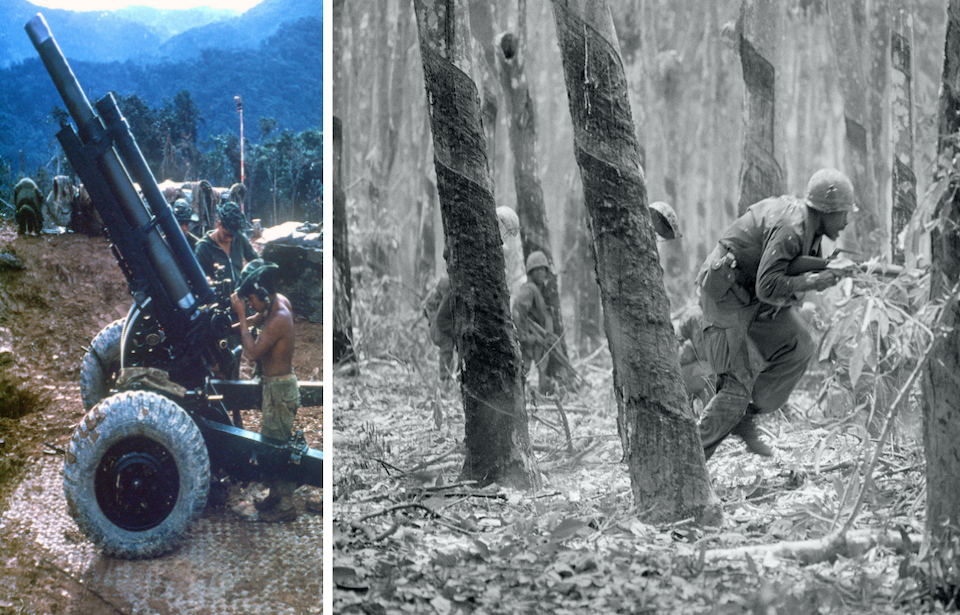The United States’ withdrawal from Vietnam is viewed as one of the most humiliating moments for the mighty nation. The most powerful military on earth, with a defense budget bigger than the GDP of some small countries, was unable to defeat the guerrilla forces of North Vietnam. However, in many ways, the US fought the Vietnam War with an arm tied behind its back and had to contend with a vast and wide-ranging list of rules before a shot could even be fired.
These rules were known as the rules of engagement (ROE) and became a serious point of frustration for US troops and commanders during the war.
Rules of engagement
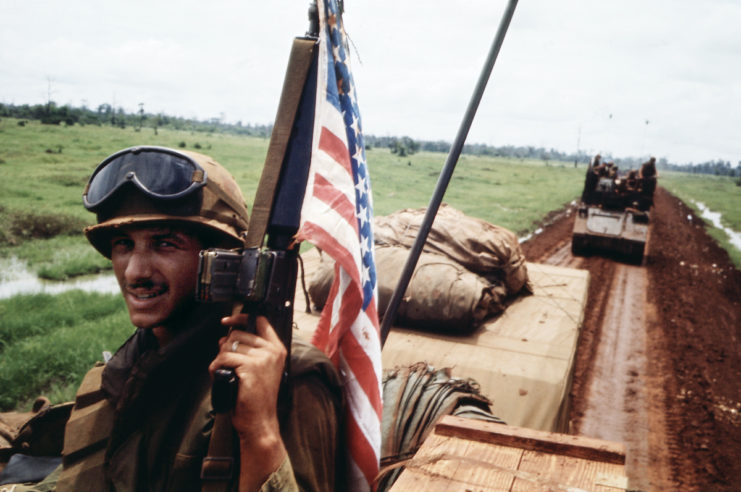
The rules were set in place mostly to protect civilians and prevent friendly fire incidents. They were used to stop the Vietnam War from snowballing into a third world war. The rules had good intentions, but over time became so convoluted and confusing that many US lives were lost in the process of abiding by them.
In the simplest form, the ROE dictated when you could fight the enemy. Because of the different nations, branches, locations, and weapon systems that were involved in the war, different rules applied to different people, which could change again depending on your location and change once more a few days later.
They often contradicted conventional procedures taught during training and gave the enemy extra opportunities to strike or hide.
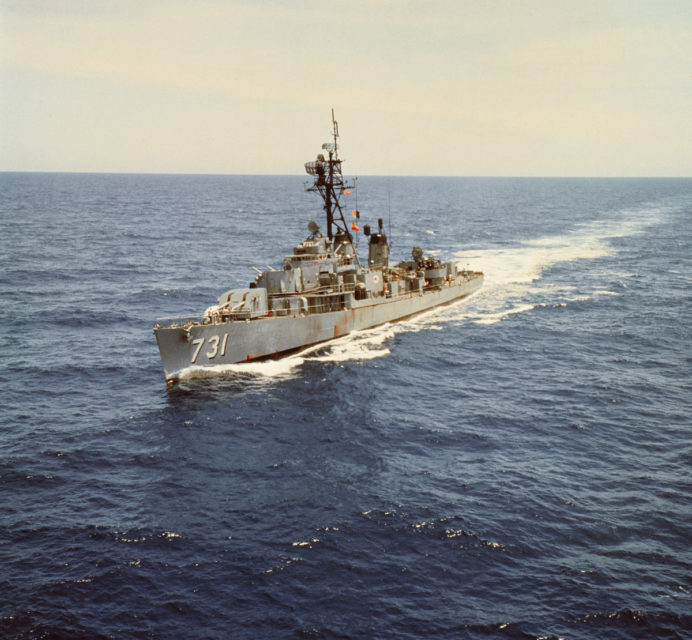
One example of complex ROE was how troops conducted operations in the Gulf of Tonkin. These rules were brought in after the 1964 Gulf of Tonkin incident. In the event US vessels come under unprovoked attack in international waters, they are allowed to “defend, pursue and destroy attacking vessels up to 11 miles from NVN coast and 4 miles from offshore islands.”
However, during the same event, US aircraft were allowed to “pursue and destroy attacking vessels while operating in airspace up to 3 miles from NVN coast.”
The rules change again when it is a hostile aircraft involved, but even then there is very specific criteria to actually define a hostile aircraft.
One of the biggest gripes troops had with the ROE was that in many cases they could only attack after they had been attacked first, even if an imminent assault was likely. This cost many American lives, and gave the enemy plenty of time to establish positions or operate in relative safety as long as they weren’t attacking or clearly about to.
Aerial ROE
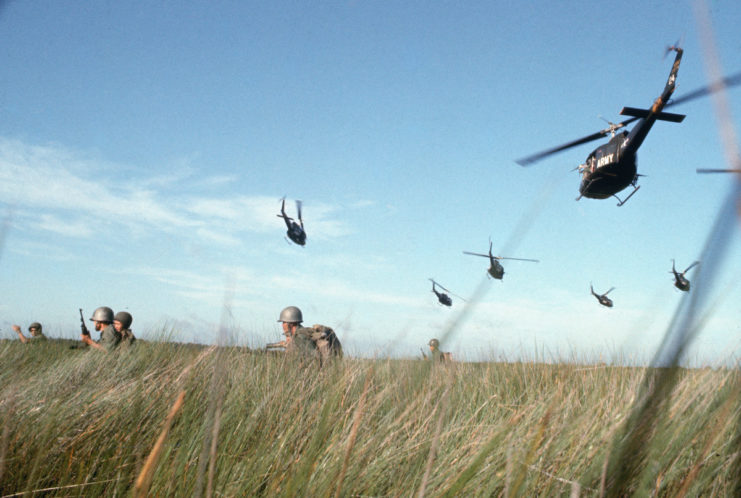
While the rules of engagement affected almost everyone fighting communism during Vietnam, they famously hampered aerial operations, in particular Operation Rolling Thunder. The goal of Rolling Thunder was to make the transfer of troops in South Vietnam, and fighting the war in general, as difficult as possible for North Vietnam. It was one of the largest aerial bombardments in history, yet failed to achieve its objectives.
The intense list of rules imposed on the campaign severely limited its effectiveness. The US had the capability of immediately targeting and destroying North Vietnam’s key facilities, but they were unable to.
Airmen, in general, had a tough time with ROEs, with aircraft from the U.S. Air Force, U.S. Army, U.S. Marine Corps, U.S. Navy all being subjected to different rules. On one occasion US planes based in South Vietnam were allowed to conduct a strike, but aircraft based in Thailand were not cleared to join them.
Crews flying over Vietnam had to deal with different rules depending on what airspace they were currently in, what their mission was, where they came from and the type of aircraft they were in. These rules could then vary depending on what the potentially hostile aircraft was doing, who it was operated by, what airspace it occupied, and what type of plane it was.
Flight crews would receive day-to-day updates on what targets were eligible for attack and where.
Some areas were declared free-fire zones, where permission was not needed to engage the enemy there.
Rubber trees
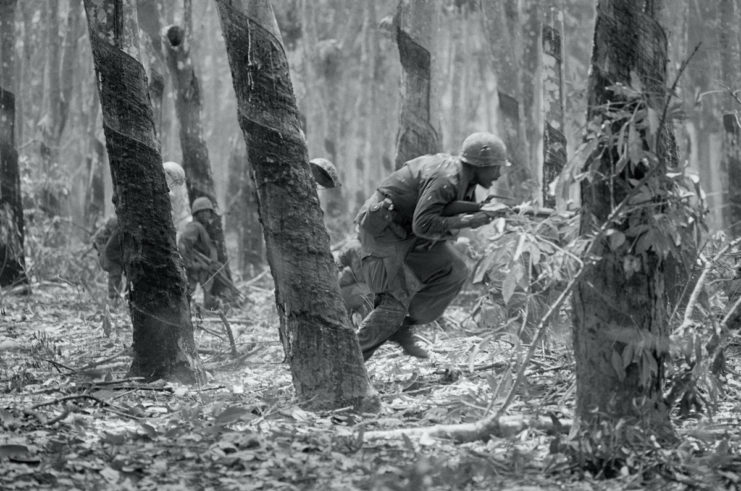
One of the more curious locations fought over during Vietnam was Michelin’s rubber tree plantation – yes, Michelin the tire company. This plantation was a major headache for US troops, as they were forbidden from calling in artillery on enemies inside of it.
Artillery was an extremely useful tool for US forces in Vietnam. Troops would conduct patrols, find an enemy position and call an artillery strike on it. This was not the most efficient means of neutralizing the enemy, but it was one of the safest for American soldiers.
Michelin continued to use the plantation throughout the war, and it made large amounts of money. The trees were not to be damaged by the fighting, and any damages to the plantation had to be repaid to Michelin by the US. Naturally, artillery was not an option in the forest and the North Vietnamese quickly realized this. They started setting up positions in the plantation as they were safe from artillery.
These positions then had to be cleared by US forces by hand.
Today, the mention of rules of engagement is still likely to enrage veterans of the Vietnam war. No military on Earth can stand toe-to-toe with the United States in conventional warfare, but the rules of engagement can be the deciding factor in a victory or a defeat.
